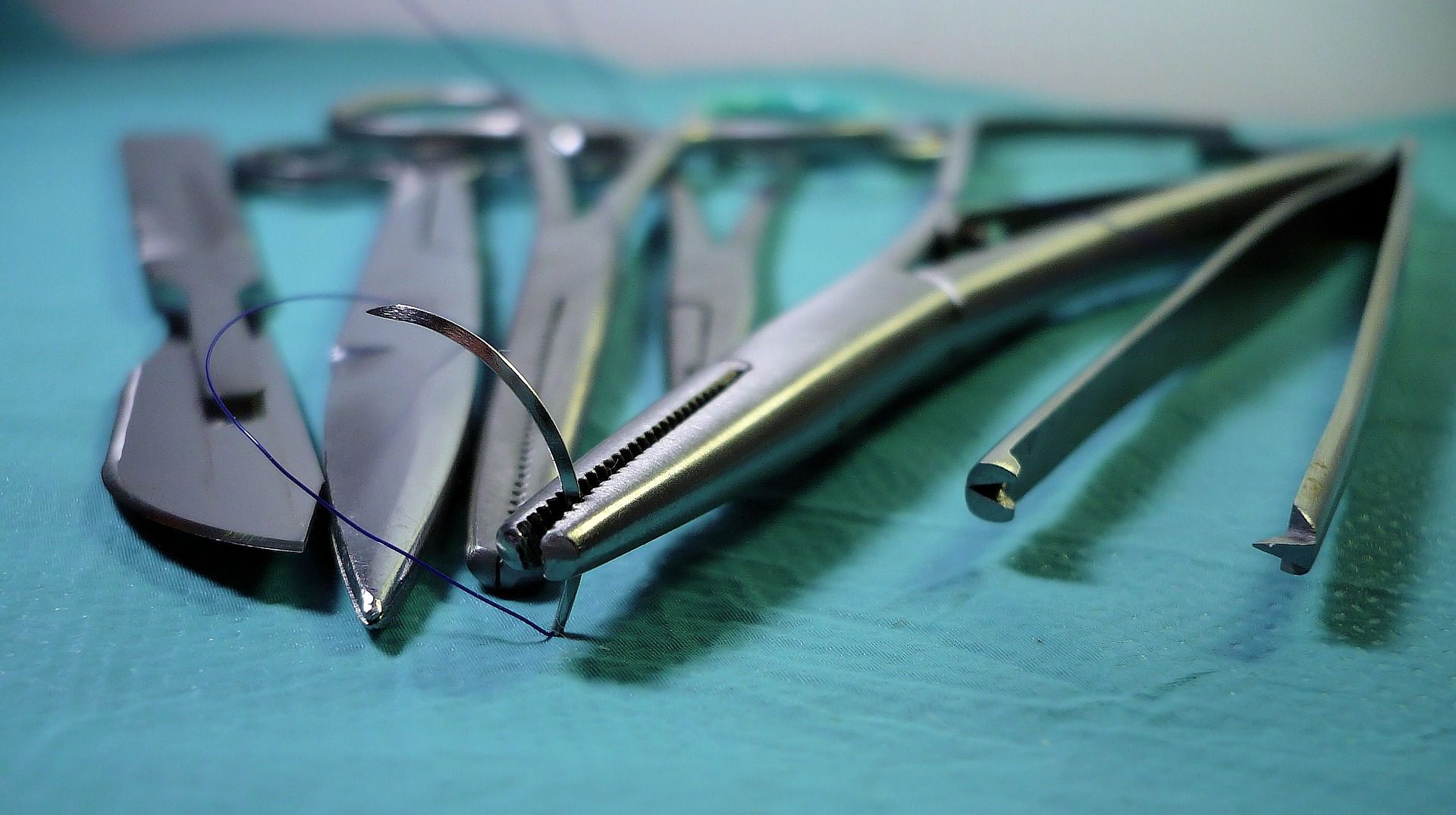
Trafficking in Persons for the Purpose of Organ Removal
INTRODUCTION
Worldwide, an acute shortage of human organs for transplantation prevails.1 The gap between the growing demand for organ transplants and the limited supply is a contributing factor to increased abuses in the transplant process, including resorting to trafficking in persons for unlawfully obtaining organs. This issue brief provides an overview of trafficking in persons for the purpose of organ removal (TIP for OR), its scope and impact. It further provides recommendations for States and practitioners on how to tackle this issue.
SCOPE OF THE CRIME
As with trafficking in persons generally, it remains challenging to accurately estimate the scope of trafficking in persons for the purpose of organ removal. The UNODC Global Reports on Trafficking in Persons note that between 2010 and 2018, approximately 300 victims of trafficking in persons for the removal of organs were detected across multiple countries. The latest data available confirms that trafficking for the purpose of organ removal has been reported in North Africa, South and South-East Asia, Central America and Europe. In comparison to other forms of trafficking in persons, this specific phenomenon is far less common. The most obvious reason for this is the high medical skill level required to perform the organ removal. It is important to note, however, that current official figures of its prevalence certainly underrepresent the magnitude of this phenomenon. Notably, there are a series of difficulties associated with detecting and adjudicating this crime, such as its characteristic occurrence in legitimate medical settings where it can thus be easily disguised. A failure to detect and report, as well as the geographical spread of TIP for OR, are becoming growing concerns for the international community, thus the issue warranting further attention.
MAIN TRENDS
The organs reportedly removed from victims in TIP for OR cases are kidneys, and, less commonly, parts of livers. Male victims are reported more frequently than women. Children may also be victimized by organ traffickers. Perpetrators of trafficking in persons often belong to complex organized criminal networks, including those acting on a transnational scale. The peculiarity of this form of trafficking, however, lies in the fact that, due to its specific medical nature, it often also involves health sector professionals, including surgeons, anaesthetists, nephrologists, nurses, ambulance drivers and other medical specialists. In certain cases, it will include the management of hospitals, transplant centres, laboratories and other medical facilities staff and insurance companies. These professionals may at times belong to the organized criminal networks, or participate in the activities of such groups and otherwise commit serious offences for their benefit. Reportedly, the one-off illicit profits generated by this type of crime may be much higher than that made by other forms of trafficking, and therefore, may constitute an attractive business for a wide range of actors.
According to UNODC, victims are, on average, young adult males around 30 years old, with most of the recipients being adult males as well. The primary victimization of men has been found to entail a number of implications for women and girls, as studied male victims were in some instances no longer able to provide for their families. Notwithstanding men predominantly being the detected victims of TIP for OR, in specific contexts women are also affected by this form of exploitation. Cases were registered where male spouses obliged their female spouses to donate their organs, with the most frequent reason being that the man is the breadwinner and/or in some cases ill. As such, there seem to be significant gender dimensions related to trafficking in persons for organ removal that should be taken into account when developing relevant responses. In this regard, further sex disaggregated data is needed to assess how this form of trafficking disproportionately affects women, girls, men and boys because of their gender. Overall, available data shows that victims of TIP for OR tend to be individuals in a situation of acute vulnerability, including undocumented migrants, refugees, detainees and/or people living in hardship or extreme poverty.11 A lack or low level of education also seems to be a common characteristic for victims of this crime.12
The reasons varied and included depression, long-term physical pain, disability and the inability to perform manual labour or other jobs available to them. In those instances, women had to be the main family providers, which, in some cases, also negatively affected children. disproportionately affects women, girls, men and boys because of their gender.
Overall, available data shows that victims of TIP for OR tend to be individuals in a situation of acute vulnerability, including undocumented migrants, refugees, detainees and/or people living in hardship or extreme poverty. A lack or low level of education also seems to be a common characteristic for victims of this crime.
Read full report here.
